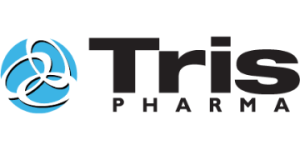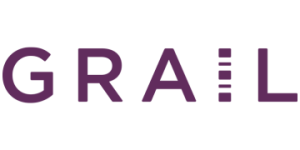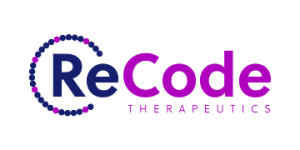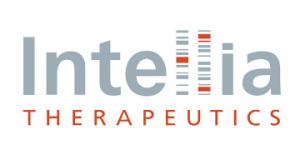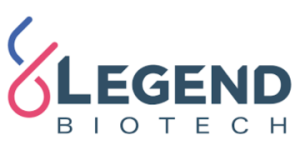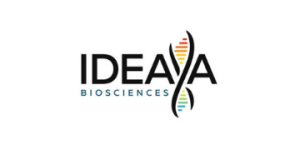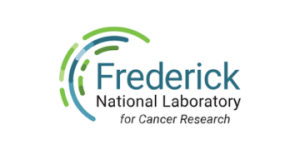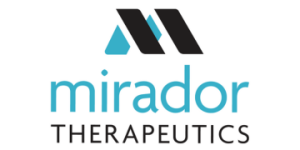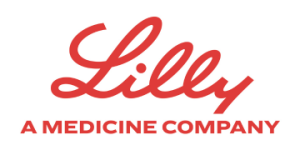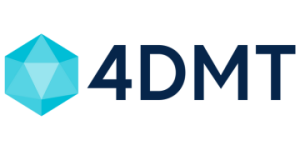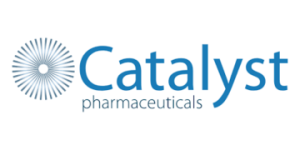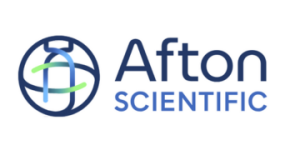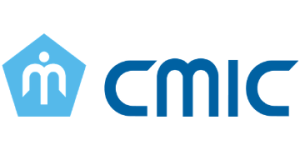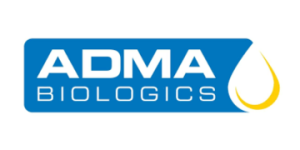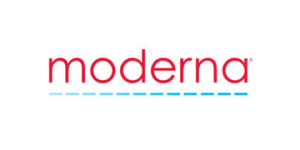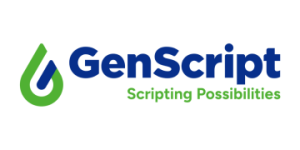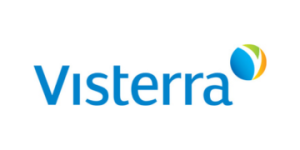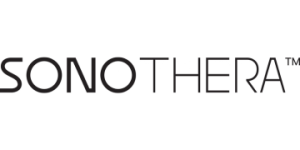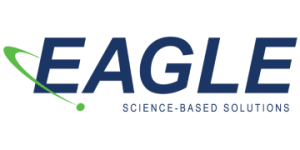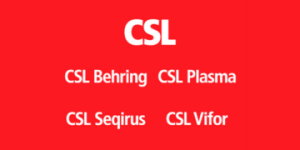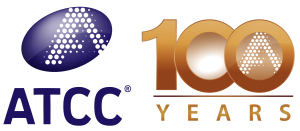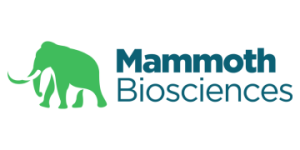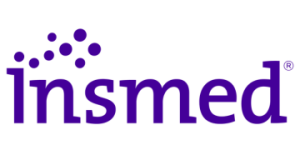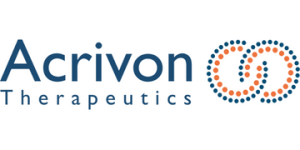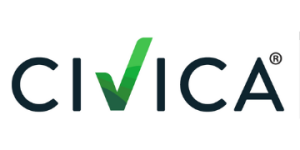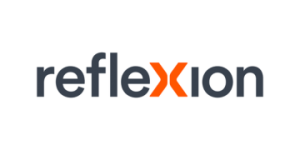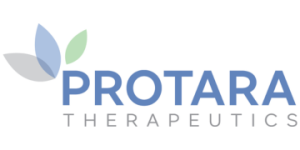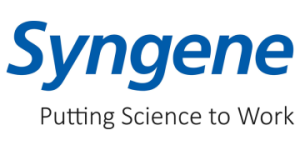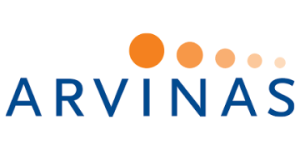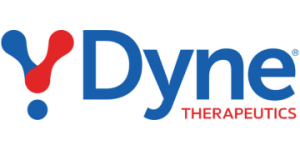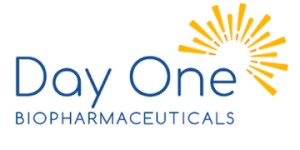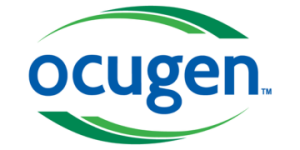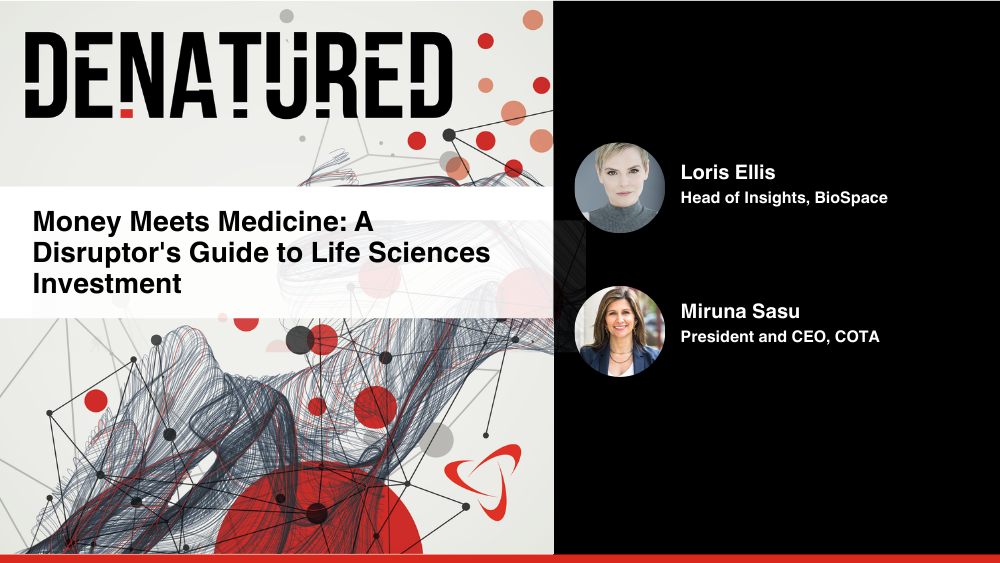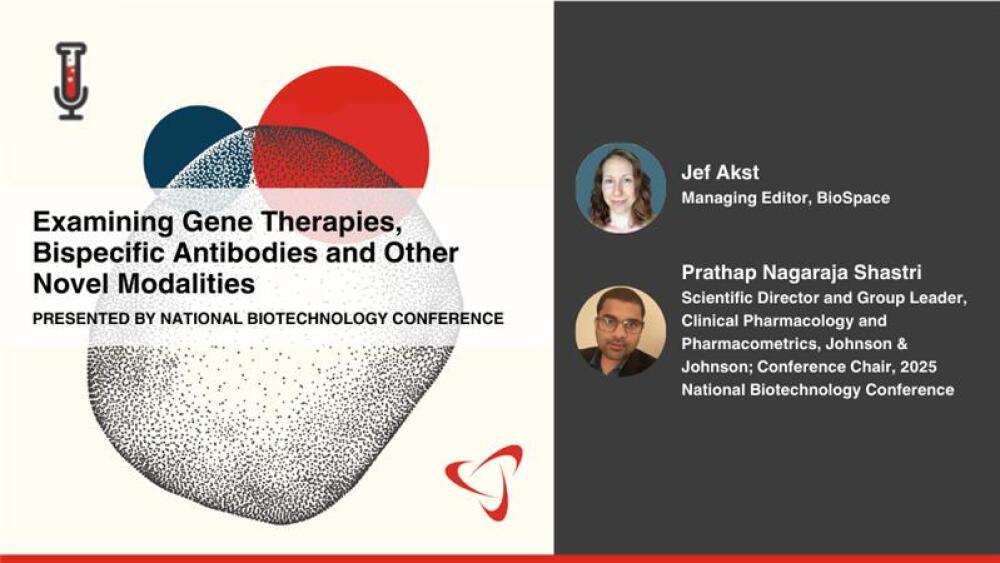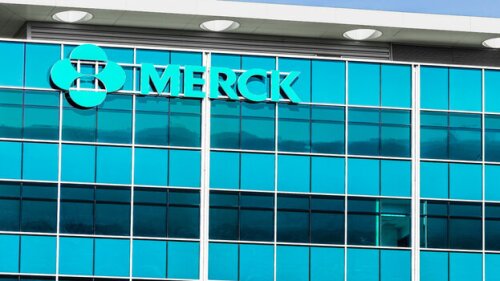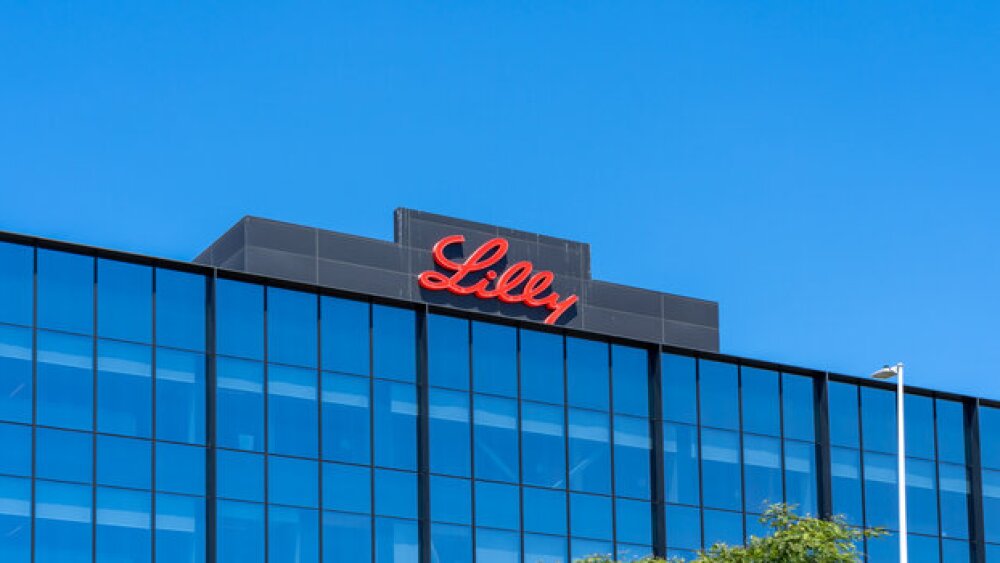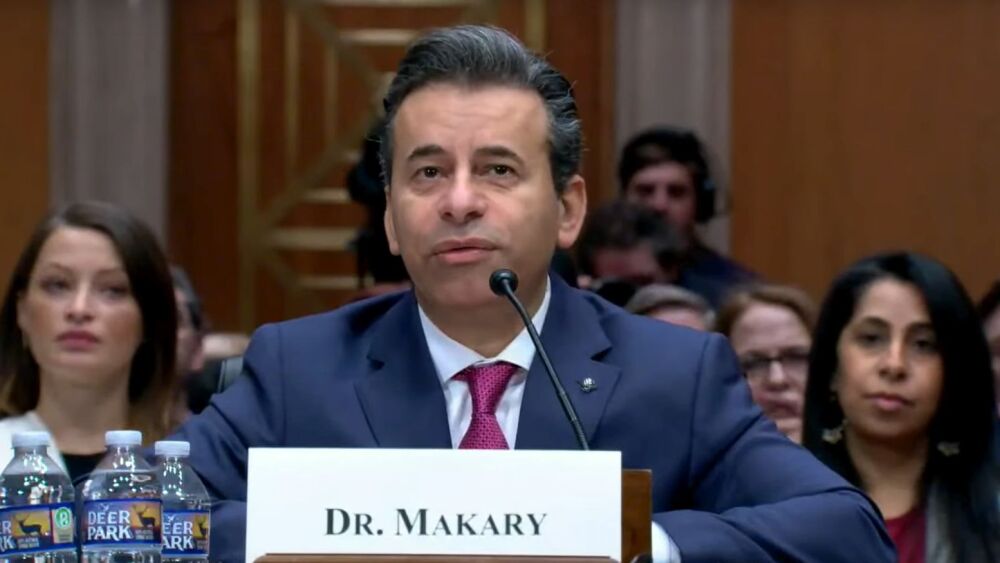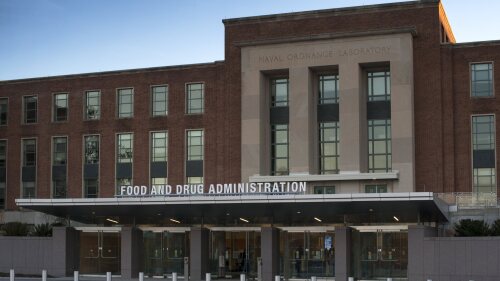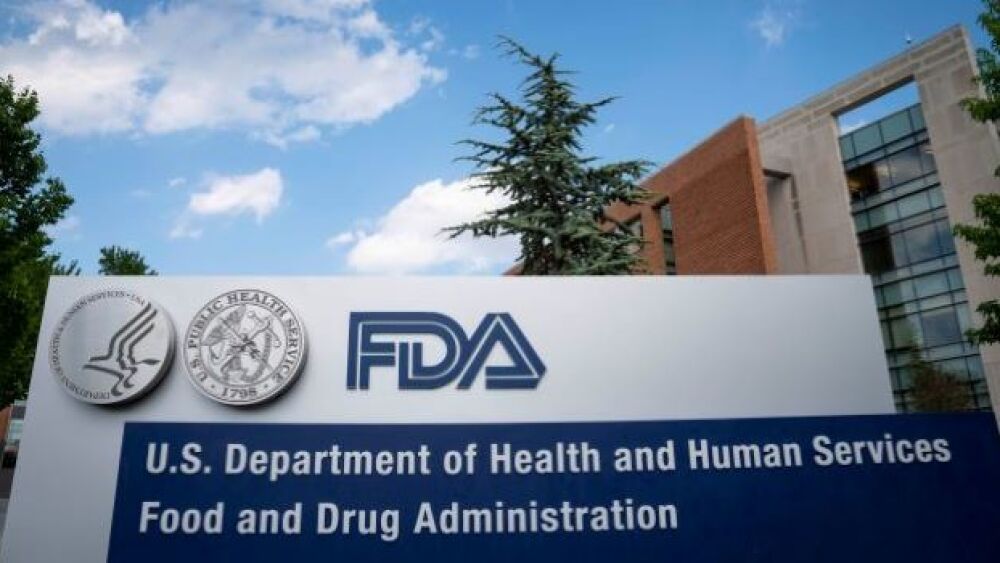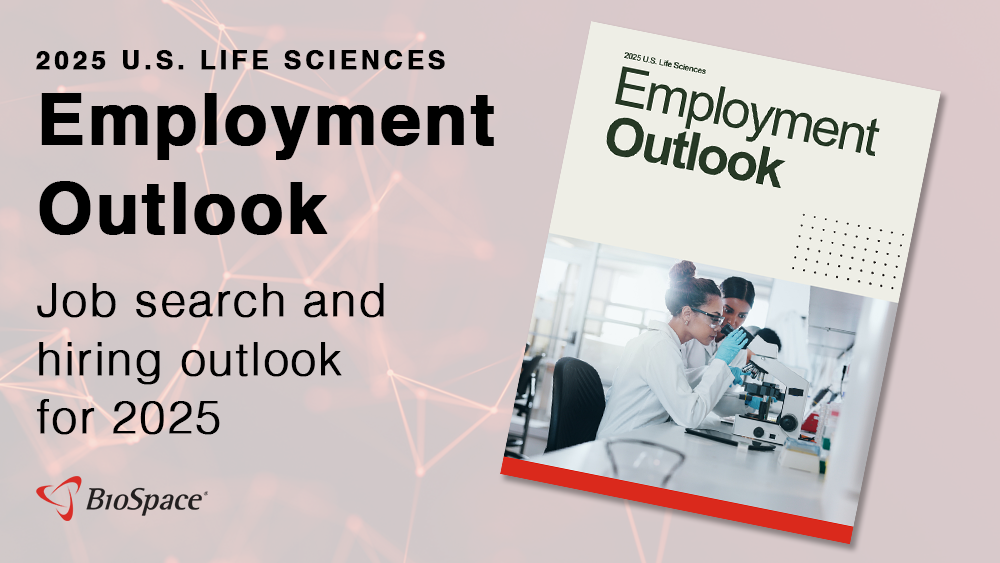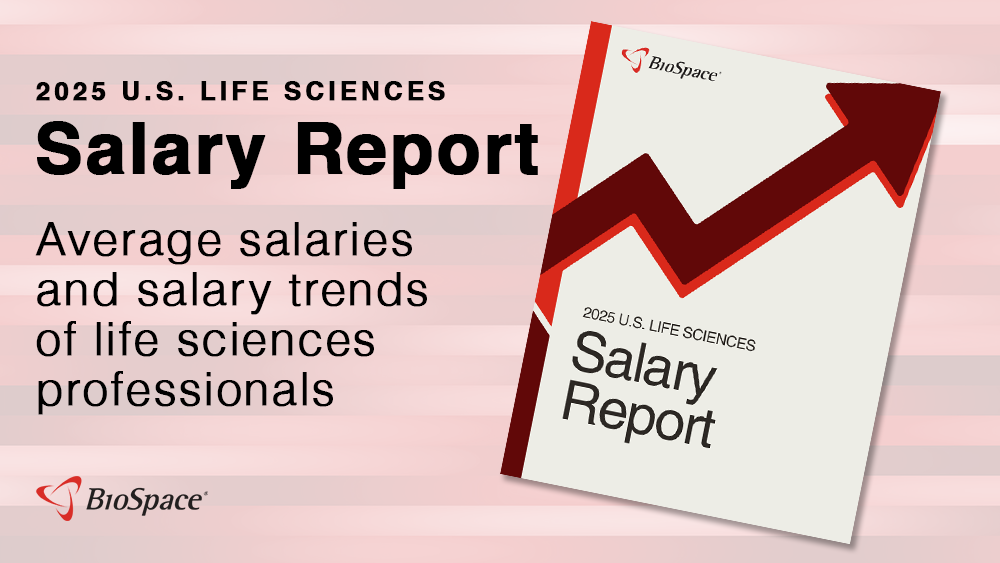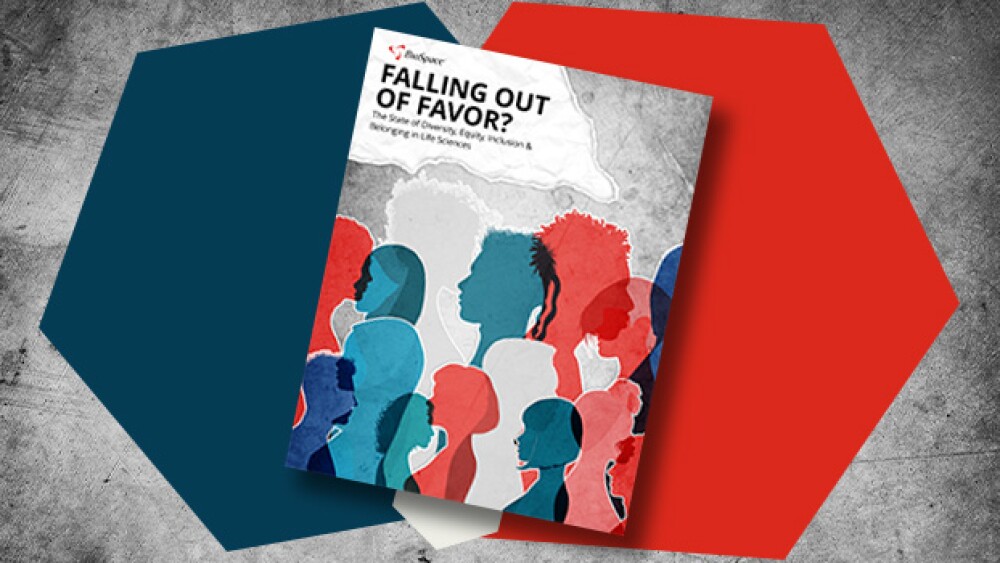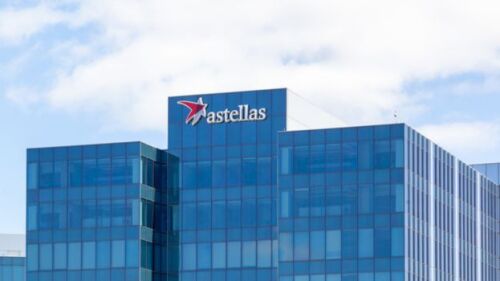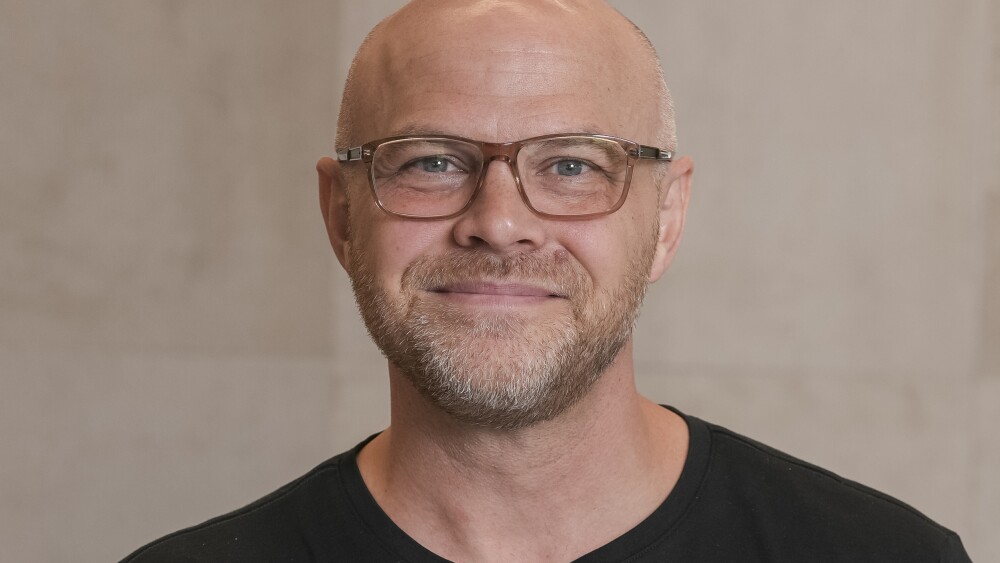Pfizer seals the deal with Metsera for $10 billion after Novo Nordisk bowed out; President Donald Trump welcomes executives from Novo and Eli Lilly to the White House to announce that the companies’ GLP-1 medicines would be sold at a reduced cost; and the FDA grants the second round of priority review vouchers—primarily to already marketed drugs.
The appointment of Richard Pazdur, currently director of the FDA’s Oncology Center of Excellence, comes less than a week after he reportedly declined the post, and just nine days after his predecessor’s controversial exit.
Data presented at this year’s American Heart Association Scientific Sessions in New Orleans underline rapid advancements in the cardiovascular field.
The mid-stage failure was unexpected to analysts at BMO Capital Markets, who viewed ‘770 as mostly derisked given its similar mechanism of action to Johnson & Johnson’s Spravato.
Cogent Biosciences expects to file a new drug application for bezuclastinib in gastrointestinal stromal tumors early next year after what Leerink said was “the first positive trial in this disease in over a decade.”
Kezar Life Sciences suffered multiple clinical holds and four patient deaths in a trial testing zetomipzomib for lupus—a program that has since been canned. The company is still pursuing development in autoimmune hepatitis, but recent FDA communications could delay its timeline.
FEATURED STORIES
The recent announcement of RFK Jr.’s termination of mRNA vaccine contracts is the latest effort to undermine this promising technology at the federal level. Pharmaceutical companies and private investors must fill the gap and ensure that research into this critical resource continues.
In the wake of multiple patient deaths from liver injuries related to Sarepta Therapeutics’ AAV gene therapy platform, some in the sector are looking for ways to improve the current technology, while others are eager to move on.
Here are five oral obesity candidates that, according to Mizuho’s Graig Suvannavejh, could change the weight loss game.
Arguably the FDA’s most anticipated decision this month is for a subcutaneous induction formulation of Biogen and Eisai’s Alzheimer’s drug Leqembi, which, according to Eisai, could “help reduce the burden on healthcare professionals and patients.”
Out-licensing drugs to multinational corporations is a natural step for Chinese biotechs, but the recent rise in deals is only scratching at the surface of partnership-ready biotechs in the region.
While a substantial portion of pipeline assets are externally sourced, many Big Pharmas are tapping into incubators and venture funds to uncover cutting-edge scientific trends, determine their future focus points and even carve out a niche in an emerging geographical hotspot.
LATEST PODCASTS
In this episode of Denatured, BioSpace’s Head of Insights Lori Ellis and Miruna Sasu, CEO of COTA, discuss life sciences investment and the potential for disruption.
As FDA seeks to rehire some fired employees, Donald Trump threatens to enact tariffs on pharma companies unless they reshore manufacturing; another lawsuit hits the complex GLP-1 compounding space as Eli Lilly offers expanded Zepbound options; and struggling gene therapy biotech bluebird bio goes private in an attempt to stay solvent.
At the 2025 National Biotechnology Conference, gene therapies, bispecific antibodies and other novel modalities—relative newcomers to medicine—will be much discussed. In this curtain raiser, BioSpace speaks with conference chair Prathap Nagaraja Shastri of J&J about these highly anticipated topics.
Job Trends
Quest Diagnostics Incorporated (NYSE: DGX), a leader in diagnostic information services, announced that it will report second quarter 2024 financial results on Tuesday, July 23, 2024, before the market opens.
Subscribe to GenePool
Subscribe to BioSpace’s flagship publication including top headlines, special editions and life sciences’ most important breaking news
SPECIAL EDITIONS
In this deep dive, BioSpace investigates China’s rise as a biotech powerhouse.
In this deep dive, BioSpace explores the next big thing in obesity.
BioSpace did a deep dive into biopharma female executives who navigated difficult markets to lead their companies to high-value exits.
DEALS
-
Alis Biosciences’ plan is a familiar tactic in the private equity world, but the firm will instead be listed on the public markets “in due course.”
-
Despite making an unsolicited bid for gene therapy maker bluebird bio, Ayrmid failed to deliver a binding offer after weeks of due diligence. Bluebird’s board recommended that it go with Carlyle and SK Capital Partner’s original offer to take the company private for $30 million.
-
Merck has not disclosed which of its peptide therapies it plans to develop oral formulations for.
-
The French pharma is getting Black Diamond’s de-prioritized molecule for non-small cell lung cancers with specific mutations whose development had been paused to save money.
-
Roche’s up to $1 billion investment will provide access to Oxford BioTherapeutics’ antibody-drug conjugate platform for undisclosed cancer targets.
WEIGHT LOSS
-
The CMS last month declined to include anti-obesity medications in its Medicare coverage for Part D, a move that Lilly says could interfere with patients getting the appropriate medical care.
-
China continues to be a source of innovation as Pfizer strikes biggest pact yet; HHS provides more info on Trump’s Most Favored Nation executive order; FDA Commissioner Marty Makary and CBER director Vinay Prasad reveal new COVID-19 vaccine strategy following Novavax approval; ODAC underway after chaotic planning; more.
-
Currently trailing Eli Lilly and Structure Therapeutics in the oral weight loss space, Novo Nordisk strikes a deal with Septerna to put new discovery-stage programs into play.
-
President Donald Trump unwrapped a massive drug pricing policy as CMS prepares for the next round of Medicare drug price negotiations; Vinay Prasad to take the helm at the FDA’s Center for Biologics Evaluation and Research; Bayer cuts 2,000 more employees; Eli Lilly’s Zepbound scores again; and the Galapagos story turns again.
-
In addition to eliciting greater weight loss than Novo Nordisk’s Wegovy, Eli Lilly’s Zepbound does not come at the expense of safety, according to newly released comprehensive tolerability data—findings that Leerink analysts say confirm the GLP-1 drug’s edge in the closely watched market race.
POLICY
-
According to Makary, reducing user fees—which make up just under half of the FDA’s budget—could make it easier for smaller companies, individual investors and academics to participate in the process.
-
Despite the FDA commissioner’s promises of partnership and collaboration, personnel changes and continued federal cuts create uncertainty for an industry already struggling with nearly half a decade of investment scarcity.
-
A journey through the FDA’s newly released complete response letters gave glimpses into the journeys to market for Eli Lilly’s Alzheimer’s antibody Kisunla, Sarepta’s DMD gene therapy Vyondys 53 and Gilead’s HIV drug Sunlenca.
-
The trove of more than 200 letters is part of a pledge of transparency from the agency, with the intention to increase public insight into the reasons new drug and biologics applications got rejected.
-
The move has sparked concern that the U.S. Preventive Services Task Force could soon be dismissed after a decision by the high court affirmed Health Secretary Robert F. Kennedy Jr.'s power to remove its members at will.
Job hopping– frequently changing jobs, typically within a short period of time – gained popularity with the onset of COVID-19 and is still popular now. Here’s what recruiters think about job hopping.
Can ChatGPT help you find a new job in an industry as complex as the life sciences? BioSpace’s career editor decided to put it to the test - here’s what she discovered.
Here are some tips to help you nail virtual interviews and networking events so you can be prepared for BioSpace’s Virtual Talent Connect on March 9.
Find out what it takes to become a successful pharma sales rep and discover helpful career advancement tips for pharmaceutical sales representatives.
A variation of rage quitting, rage applying is a method of job searching that occurs when someone applies for many new roles while still employed in their current position.
Some consider a candidate’s alma mater to be the most important factor in the hiring process. But how much does a life science candidate’s alma mater really matter? In short–it depends.
HOTBEDS
IN CASE YOU MISSED IT
Experts unpack the implications of CBER Director Vinay Prasad’s claim that COVID vaccines have caused 10+ child deaths; the 2025 Clinical Trials on Alzheimer’s Disease conference continues following two disappointing readouts; and Novo Nordisk’s amycretin yields promising weight loss results.
REPORTS
In this Employment Outlook report, BioSpace explores current workforce sentiment, job activity trends and the prospective job and hiring outlook for 2025, particularly as it compares to the previous year.
BioSpace’s third report on diversity, equity, inclusion and belonging in life sciences examines dramatic shifts in attitude around diversity initiatives.
CANCER
-
Here’s how companies can ensure they’re in compliance with new requirements that go into effect in August.
-
The medium-sized biopharma is showing off new results from dordaviprone and Zepzelca, both of which were acquired through Jazz Pharmaceuticals’ dealmaking over the last five years.
-
Despite mixed results, analysts maintained faith in ivonescimab’s ability to cross over between Eastern and Western patient populations.
-
At the heart of the deal is an anti-Claudin18.2 antibody-drug conjugate being developed for solid tumors, including gastric cancer and pancreatic cancer.
-
Patritumab deruxtecan was unable to significantly improve overall survival in patients with locally advanced or metastatic non-small cell lung cancer with EGFR mutations.
NEUROSCIENCE
-
With $90 million to start, Syndeio has a lead asset in Phase II clinical trials for major depressive disorder, with plans to soon launch a biomarker trial in Alzheimer’s disease.
-
The report takes from HHS Secretary Robert F. Kennedy Jr’s playbook, calling out rising autism rates, the vaccine schedule and over medication of children as reasons for chronic diseases.
-
The deal helps revitalize the TREM2 target after the high-profile failure of AbbVie and Alector’s candidate last year.
-
After a tense exchange, Senator Patty Murray (D-WA) told Kennedy that by implementing sweeping cuts to the HHS, he is “enacting his budget,” which “Congress has not passed.”
-
Analysts at BMO Capital Markets said in a weekend note that a non-invasive blood test could help boost uptake of Alzheimer’s disease therapies.
CELL AND GENE THERAPY
-
The condition, recessive dystrophic epidermolysis bullosa, causes chronic wounds and has an 84% mortality rate by age 40.
-
As tariffs, HHS workforce cuts and the ouster of CBER Director Peter Marks threaten the “lifeblood” of the cell and gene therapy space, experts express wariness over the unknowns and optimism that Marks’ legacy will carry on.
-
The cell and gene therapy company is cutting 47 employees and its entire lupus program to focus resources on two CAR Ts. The move follows a reconfiguration last year to move into immunology.
-
Paul Stoffels left his perch as J&J’s chief scientific officer in 2022 to replace Galapagos’ founding CEO Onno van de Stolpe, inheriting a company that had suffered a series of clinical failures since its 1999 creation.
-
Stifel analysts said that Lexeo’s data showing reduced size and thickness of the heart’s left ventricle are “supportive of a drug effect” for the company’s gene therapy in Friedreich’s ataxia cardiomyopathy.


















